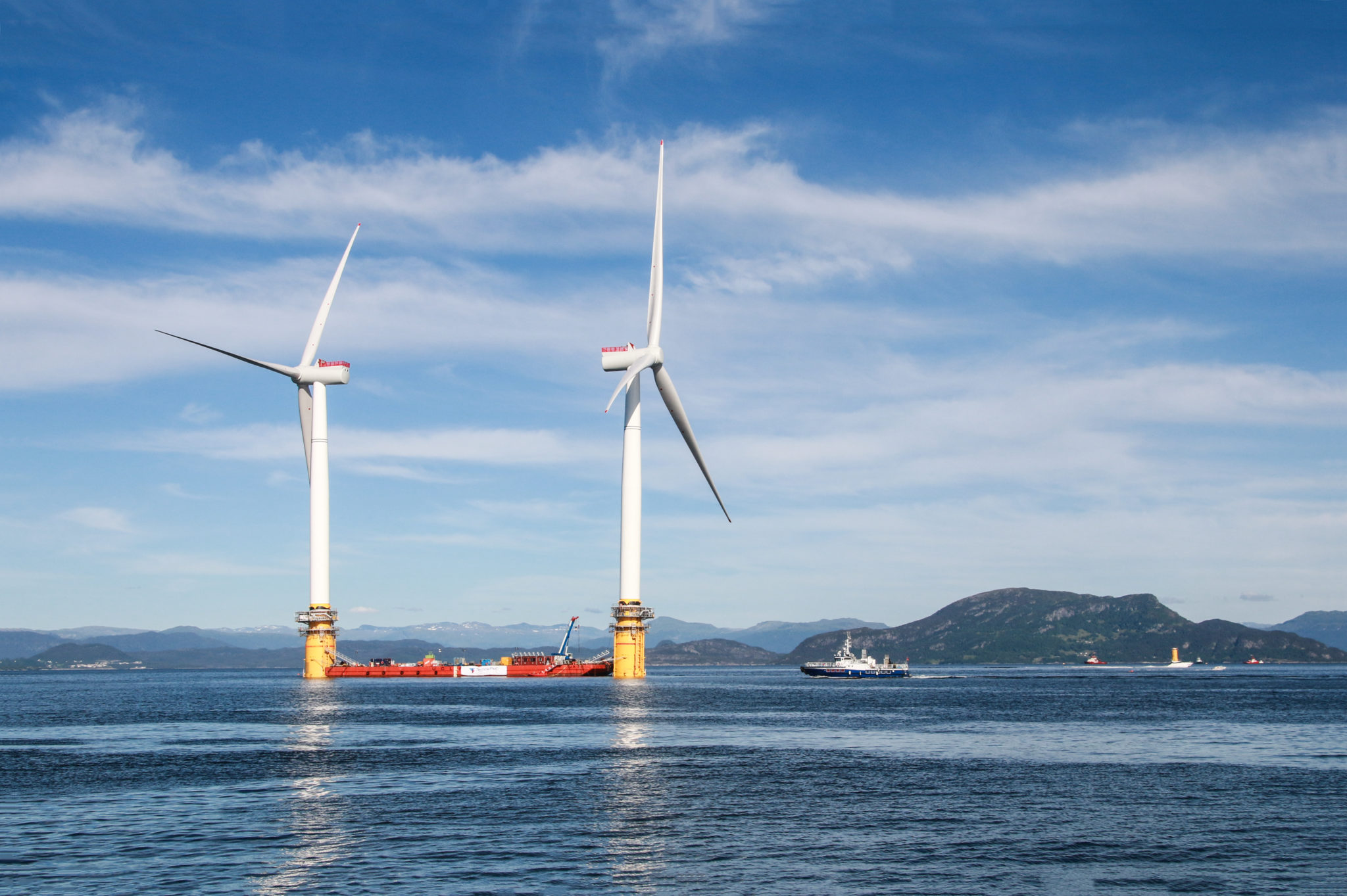Future energy scenarios highlight the need for government support for a green recovery
Published on 17th September 2020
The UK government's commitment to 'build back better' has been welcomed by the energy industry, but the shift to more low-carbon generation and storage will require investment and regulatory reform. These were some of the conclusions of a virtual roundtable hosted by Osborne Clarke and Lane Clark & Peacock on 8 September 2020. The event brought together key sector stakeholders for a discussion focused on the energy investment landscape post Covid-19.

| Register for upcoming events > |
Building back better
The developments in the sector over the last three months have led to a feeling that the industry is moving on from Covid-19 and looking forwards. A recent virtual roundtable hosted by Osborne Clarke and LCP concentrated on building back post-Covid and how, in light of the government's promise of a "green recovery" net-zero can be achieved in practice. The event followed a similar roundtable held in June that focused on the immediate challenges in the energy investment landscape arising as a result of the Covid-19 pandemic.
The Prime Minister's commitment that we will "build back better, build back greener" and the launch of the Green Homes grant scheme, reinforce the sense that this a unique opportunity for a greener recovery. Although the energy sector welcomes the challenge, more detail is needed as to what this means for green investment and how the industry should in practice "build build build". The wait for the energy white paper only exacerbates this lack of certainty from a policy perspective – and consequentially on the opportunities and challenges which different recovery models could offer.
National Grid's future energy scenarios (FES), published in July, set out four credible but materially different pathways for the future of energy over the next thirty years. Each FES modelled requires significant levels of investment and deployment of low carbon technologies to achieve net-zero, signalling the level of work needed for the UK to reach its carbon emission goals.
As a post-Covid world edges closer, the UK government has demonstrated a focus on economic recovery, with priorities including the reduction of barriers for key infrastructure projects, and a renewed focus on research and development. While details of these initiatives are to be finalised, it is clear that both significant investment and clear policies are essential for the UK to meet its net-zero targets.
Future energy scenarios
Ranging from 'Leading the Way', which requires early investment to 'System Transformation' and 'Consumer Transformation', the three of four scenarios which achieve net-zero vary in terms of ambition, but each concludes that rapid decarbonisation of power generation is essential. These models represent a shift away from the scenarios that National Grid had outlined in its FES models last year, and offer a more practical insight into what steps are needed to reach net-zero by 2050.
The FES modelling is ambitious in its approach with the earliest date on which the net-zero target will be reached in the power system being 2030. If this wasn’t enough the forecasts predict that the entire power system will need to be net-negative, to help offset emissions from the wider economy, further heightening the challenge for the power sector. However, the total cost of the investment required to meet the modelled scenarios is unclear. There is also an underlying assumption that renewable capacity will become the dominant source of power on the system along with a number of nascent technologies, but the FES models do not look at the financial viability of pathway or how they might need to be subsidised.
These factors, mean that the FES models provide a credible range of pathways to decarbonise but no definitive answer to how we build back green.
The future is storage
Large-scale investment in wind and solar capacity is expected to continue, and it is predicted that by 2040, renewable capacity will be twice the level of demand at peak times. Despite continuing strong investor appetite for renewables, there remain challenges for renewable generation in terms of both the regulatory framework and financing.
It is anticipated that we will see an increase in the total system demand as we switch to Electric Vehicles (EVs) and electric heating. While renewables will provide the majority of power in the future there will be a need for new capacity coming from nuclear and Bioenergy with Carbon Capture and Storage (BECCS) technologies. The negative carbon emission status of BECCS will prove fundamental to achieving net-zero. We can also expect to see greater interconnection, battery storage and other types of storage as the role of storage is expected to step up and fulfil the role currently occupied by 'gas peakers' (gas plants that run only during periods of peak demand).
Switching to a reliance on these storage models will require politicians to be comfortable that they will have the level of security of supply, since an increased storage model does not offer the same levels of dispatchable capacity as the current model.
The hydrogen economy
Against the wider context of the EU strategy paper on hydrogen and the calls by the Environmental Audit Committee for a UK hydrogen strategy, the expectation is that hydrogen will be used to decarbonise production sectors such as steel. The appetite for a hydrogen as a viable alternative to electrification is growing and technology already exists to create both "blue hydrogen" and "green hydrogen". Blue hydrogen, which involves creating hydrogen through reformation of natural gases, , whereas green hydrogen, is created by electrolysis using water and power and is of potential particular application to the transport sector, particularly heavy goods vehicles.
A new hydrogen economy would be built using existing technologies, but would require the creation of both the demand for hydrogen and a market for hydrogen compatible infrastructure. A dedicated focus on hydrogen could perhaps be at the expense of other technologies which are not at as advanced deployment stages, such as BECCS.
A significant level of investment is required for this, but this could be money well spent, since the UK is well positioned to produce hydrogen. The total hydrogen figure from the FES modelling illustrates a £10 billion gap for the funding of green hydrogen, illustrating a need for support enshrined in policy.
Revenue stack
Batteries can benefit from different revenue streams due to their ability to provide system services and it is thought that high deployment of batteries (and of renewable projects) will likely alter the revenue stack and create further opportunities for battery investment.
In the day-ahead market, we may see during periods of low demand that high renewables penetration brings more negative prices. This represents an opportunity in the form of higher spreads, yet increased negative pricing does present a challenge and invites potential reform in this area, such as those currently proposed by BEIS for future CfD auctions. Comparatively, balancing markets may see greater participation and increased volatility. The anticipated increase in locational constraints provides another potential revenue stream providing units are in the right location.
What the sector needs
The FES 2020 clearly illustrates potential for a green recovery, but this needs a steer from the government on how this can be achieved and how the new technology types being discussed (such as hydrogen and BECCS) will be supported in the future. It will primarily fall to the government to decide that those technologies and investment in the green recovery more broadly will be the best value for the tax payer and the energy consumer on a long term basis.
A look back over the success in power and decarbonisation over the past ten years shows that this has been largely driven by support mechanisms and taxation. However, while new technology is developing at pace, regulation which can de-risk investment is lagging behind: now is the time for both new regulation and updates to old and out of date regulation to reflect where business models currently stand. Hopefully the long-awaited white paper will provide some guidance on this. The sector is positive that the UK represents one of the best jurisdictions in the world to invest in energy and looks forward to the positive reform that needed to enable us to "build, build, build".



